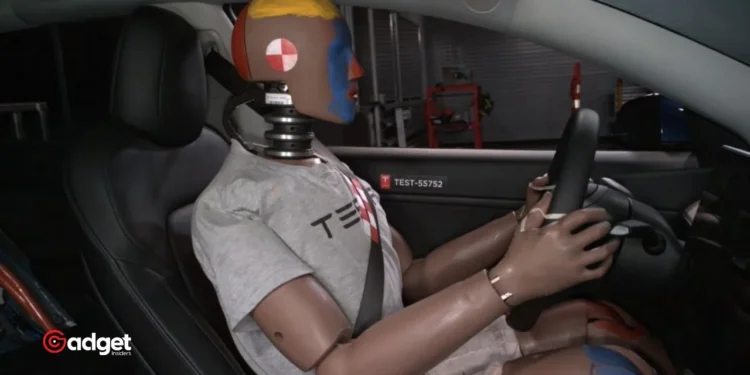Tesla, known for its innovative approach to automotive technology, is making headlines again with a significant update to its vehicle safety features. The electric car giant is set to transition from traditional seat sensors to cabin cameras for detecting seat occupancy, marking a pivotal shift in how vehicle safety mechanisms are implemented.
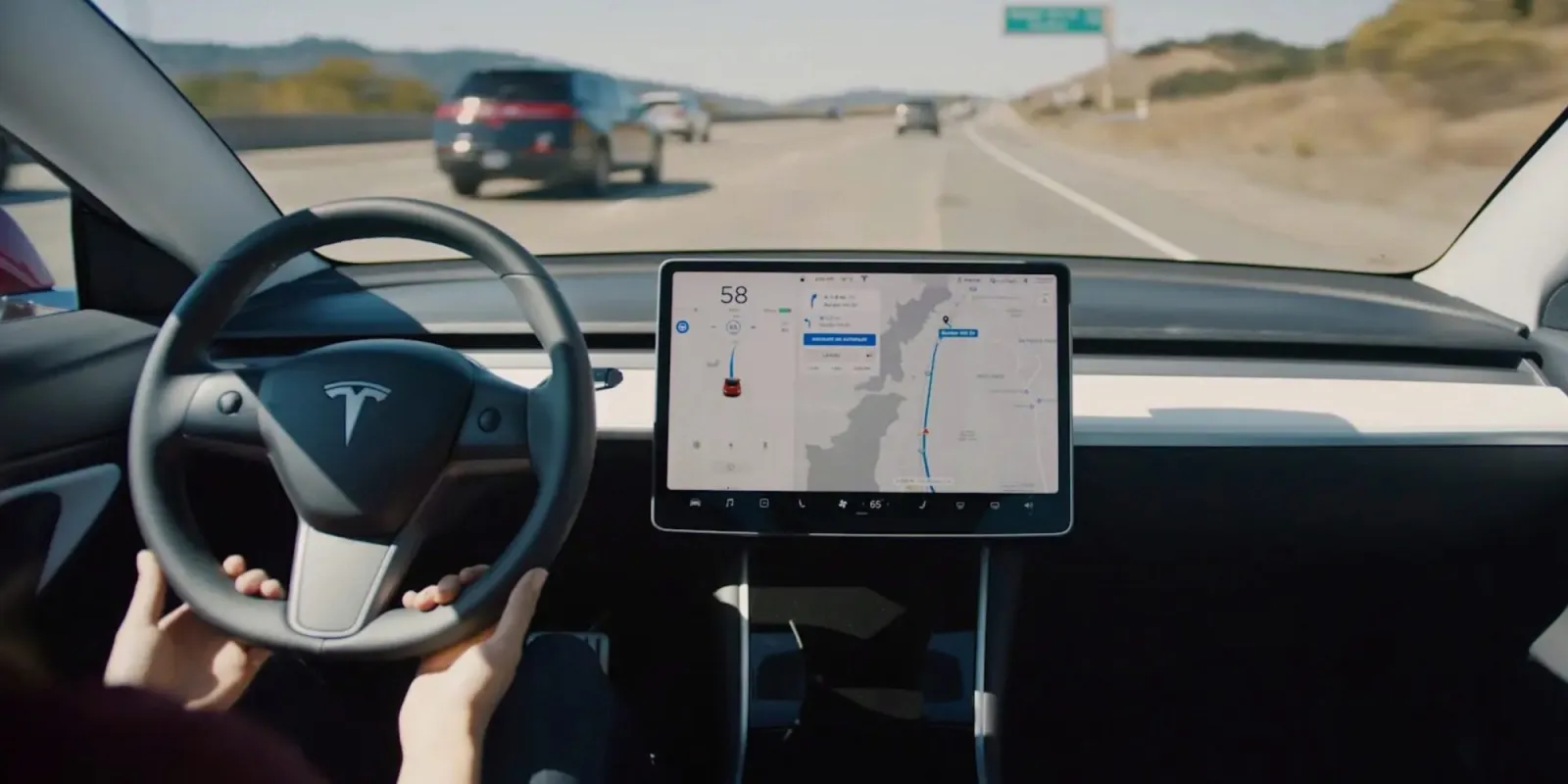
Enhancing Safety Through Technology
The move comes as part of an over-the-air (OTA) recall impacting approximately 125,000 vehicles across all Tesla models—Model S, X, 3, and Y. This update addresses concerns with the existing driver occupancy sensor system, which has been problematic since at least 2020. The traditional system relies on sensors that complete a circuit to signal when the driver is seated. However, inconsistencies in this mechanism have led to situations where no visual or audio reminders are triggered even when the driver’s seatbelt is unfastened.
Tesla’s innovative solution involves the cabin camera, a technology already employed in various capacities within their vehicles, including driver monitoring and detecting if the vehicle is occupied. This camera will now take on the additional role of occupancy detection, ensuring that safety warnings, such as seatbelt reminders, are accurately activated when the vehicle is put into drive or reverse.
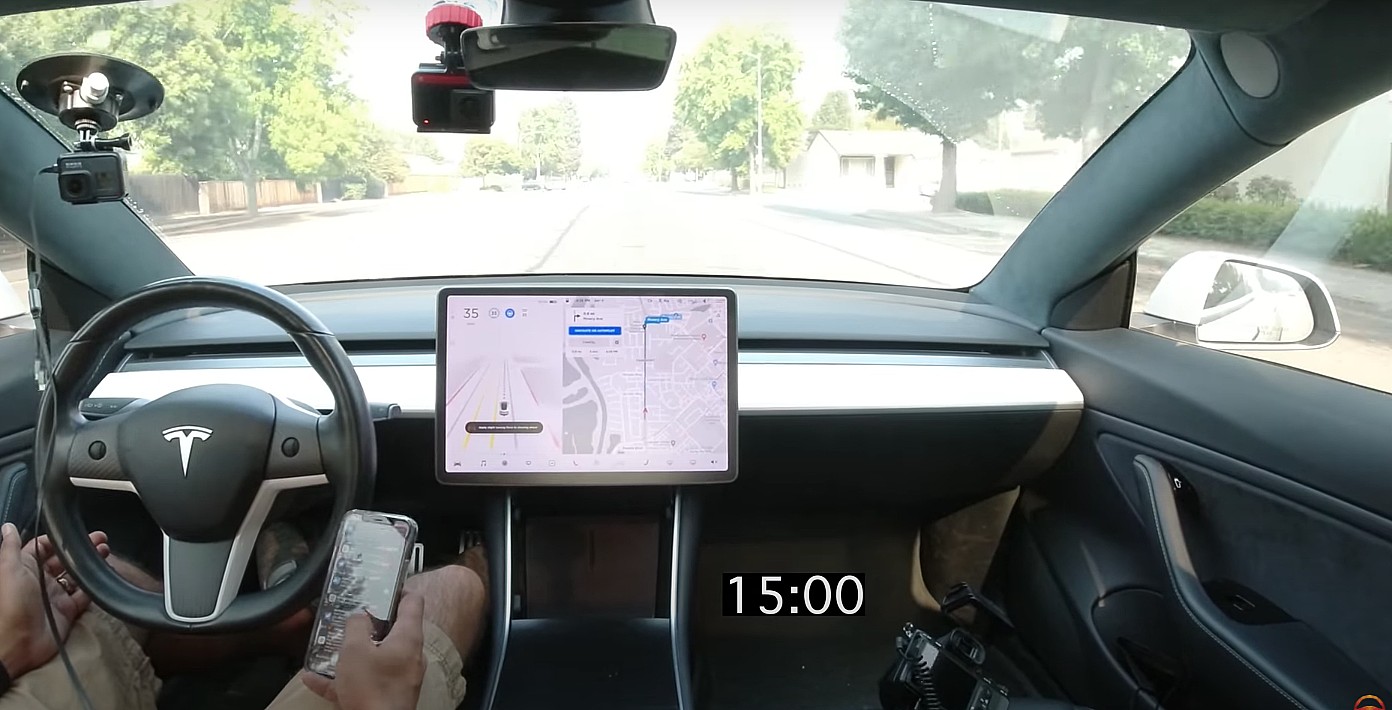
Cost-Effective and Reliable
By leveraging the cabin camera, Tesla not only addresses the flaws of the previous system but also reduces the overall costs associated with the implementation of seat sensors for each position. This strategic move not only enhances vehicle safety but also reflects Tesla’s commitment to cost-efficiency and technological advancement.
The transition to cabin camera technology represents a significant improvement over the older sensors, which could be erroneously triggered by heavy objects or child seats placed on the seat. This update is expected to eliminate such false alarms, thereby enhancing the reliability of its’s safety features.
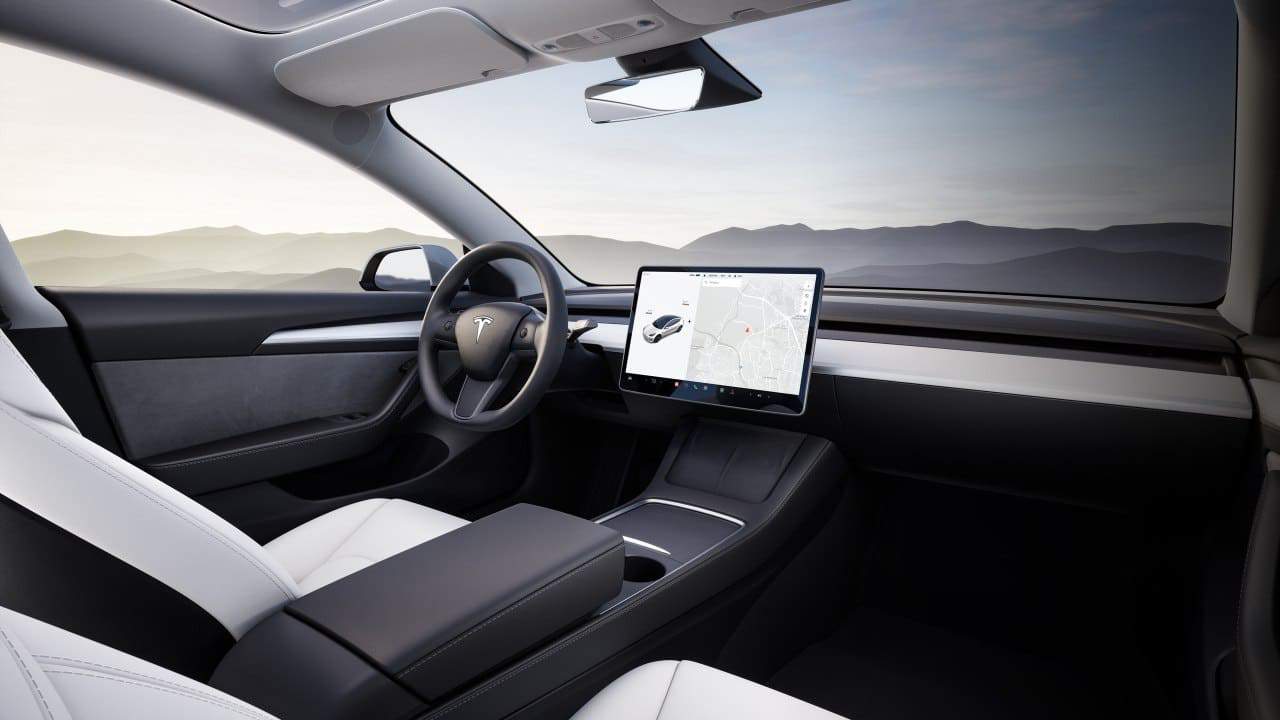
OTA: A Seamless Update Process
Characteristic of Company’s approach to vehicle updates, this shift will be implemented through an OTA update, meaning that Tesla owners will not need to visit service centers to benefit from these enhancements. This method of updating ensures that all Tesla vehicles, potentially worldwide, will receive this important safety feature enhancement seamlessly and without inconvenience to the owners.
While initially rolled out in the United States, there is anticipation that this update will eventually be extended to other regions, ensuring all vehicles globally benefit from this advanced safety feature.
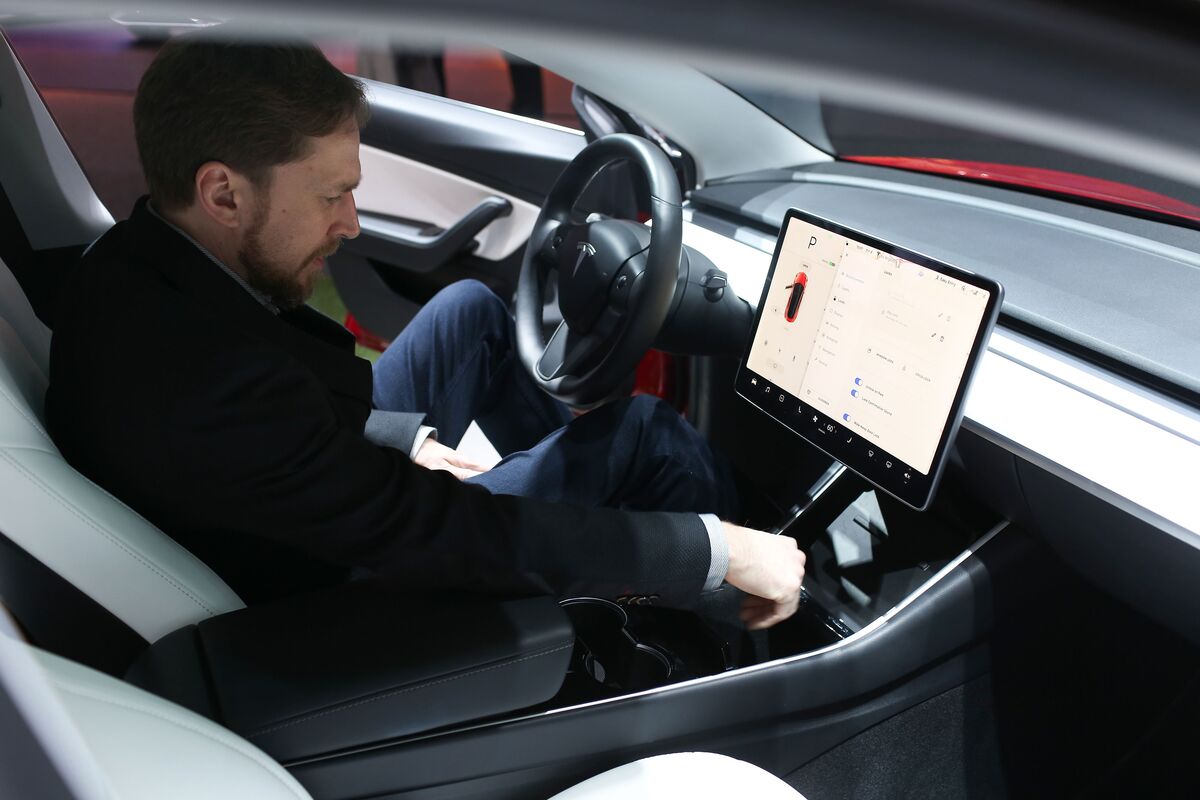
Tesla’s Step Forward in Automotive Safety
Tesla’s decision to utilize cabin camera technology for seat occupancy detection is a testament to their leadership in automotive innovation. This move not only enhances the safety features of its vehicles but also showcases the potential of integrating advanced technology to solve traditional automotive safety challenges. As company continues to push the boundaries of what’s possible in automotive technology, its focus on safety combined with innovation sets a new standard for the industry.

